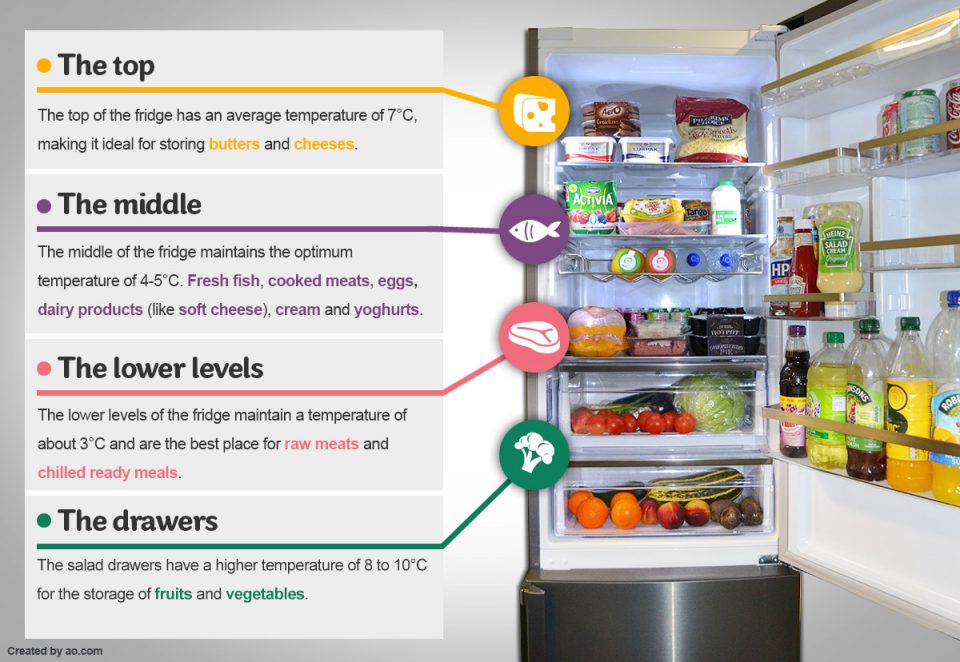The Physics of Loading Cabinets

The way you load a cabinet can have a significant impact on its stability and longevity. While it might seem like a simple task, understanding the physics behind it can help you avoid potential issues and ensure your cabinets remain sturdy and functional for years to come.
The Impact of Weight Distribution on Cabinet Stability and Longevity, Cabinets should be loaded from top to bottom
The stability of a cabinet depends on its centre of gravity. A balanced centre of gravity ensures the cabinet remains upright and prevents it from tipping over. Uneven weight distribution can shift the centre of gravity, making the cabinet more prone to instability.
- Heavier items placed at the bottom: This helps to lower the centre of gravity, improving stability. Think of a pyramid; the wider base provides greater stability.
- Lighter items placed higher up: This allows for more flexibility in storage while maintaining a balanced centre of gravity.
Additionally, uneven weight distribution can put stress on the cabinet’s structure, particularly on shelves and supports. Over time, this can lead to warping, sagging, and even collapse.
Potential Risks of Loading Cabinets from the Bottom Up
Loading cabinets from the bottom up can lead to uneven weight distribution and increased stress on the cabinet’s structure.
- Increased stress on lower shelves: Heavier items placed at the bottom create concentrated weight, potentially causing the shelves to sag or break. This can be particularly problematic if the shelves are not designed to handle heavy loads.
- Uneven weight distribution: Loading from the bottom up can lead to a situation where the weight is concentrated at the base, leaving the upper shelves relatively empty. This can cause the cabinet to become top-heavy and more prone to tipping over.
- Potential for damage to cabinet structure: The uneven weight distribution can put significant stress on the cabinet’s frame, supports, and hinges, leading to potential damage over time.
Loading from the Top Down to Maintain a Balanced Centre of Gravity
Loading cabinets from the top down helps to maintain a balanced centre of gravity and reduce stress on the shelves and supports.
- Even weight distribution: By placing heavier items on the top shelves, you create a more even distribution of weight throughout the cabinet, preventing excessive stress on any particular shelf or support.
- Reduced stress on shelves and supports: A balanced weight distribution helps to reduce the stress on the shelves and supports, ensuring their longevity and preventing them from warping or sagging.
- Enhanced stability: Loading from the top down helps to maintain a lower centre of gravity, enhancing the overall stability of the cabinet and reducing the risk of tipping over.
Practical Benefits of Top-Down Loading

Loading cabinets from the top down offers numerous advantages in terms of accessibility and efficiency, especially when dealing with large or heavy items. This method not only simplifies the process of finding and retrieving items but also helps prevent damage during loading.
Accessibility and Efficiency
Loading cabinets from the top down significantly enhances accessibility and efficiency. This approach allows for easy access to all items, regardless of their position within the cabinet. The ability to quickly locate and retrieve items saves time and effort, particularly when dealing with frequently used items. This method ensures that frequently accessed items are always within reach, reducing the need to sift through multiple layers of items.
Simplified Retrieval
Top-down loading simplifies the process of retrieving items. By placing items in order of frequency of use, with the most frequently accessed items at the top, the process of finding and retrieving items becomes streamlined. This method eliminates the need to search through the entire cabinet for a specific item, making it ideal for busy kitchens, workshops, or storage spaces.
Prevention of Damage
Top-down loading plays a crucial role in preventing damage to items stored within the cabinet. By placing heavier items at the bottom and lighter items on top, the weight distribution is optimized, minimizing the risk of crushing or damaging fragile items. This approach also helps prevent items from becoming buried under heavier items, ensuring that they remain accessible and protected.
Tips for Effective Top-Down Loading: Cabinets Should Be Loaded From Top To Bottom

Loading cabinets from the top down offers numerous advantages, but mastering this technique requires careful planning and execution. By following a structured approach and incorporating practical tips, you can optimize space, ensure accessibility, and minimize the risk of damage or injury.
Step-by-Step Guide for Top-Down Loading
This section Artikels a step-by-step guide for loading cabinets from the top down, providing a clear framework for efficient and organized cabinet management.
- Inventory and Categorize: Begin by taking inventory of all items intended for the cabinet. Categorize them based on frequency of use, size, and weight. This will help you prioritize placement and ensure items are easily accessible.
- Plan Your Layout: Visualize the cabinet space and consider the dimensions of each item. Plan the placement of frequently used items in the most accessible areas, such as the top shelves. Heavier items should be placed lower down, ensuring stability and minimizing strain during retrieval.
- Start at the Top: Load the top shelves first, placing the least frequently used items in these areas. This minimizes the need to move items later, allowing for a more efficient loading process.
- Work Your Way Down: Proceed to the next shelf, loading it with items that are less frequently used but still need to be readily accessible. Continue this process, moving down the cabinet, placing heavier items on the lower shelves.
- Maximize Space: Utilize vertical space efficiently. Use stackable containers, shelf dividers, and drawer organizers to create compartments and maximize storage capacity.
- Leave Room for Access: Avoid overcrowding the shelves. Leave some space between items for easy retrieval and to prevent items from becoming jammed or damaged.
- Label Clearly: Label containers, shelves, and drawers to help you quickly identify and locate items. This is particularly useful for cabinets containing a variety of items.
Organizing Items Within the Cabinet
This section explores strategies for organizing items within the cabinet, ensuring optimal space utilization and accessibility.
- Group Similar Items: Keep similar items together, such as cooking utensils, baking supplies, or office supplies. This promotes organization and makes it easier to find what you need.
- Utilize Containers: Containers of various sizes are invaluable for organizing and storing smaller items. They can help to compartmentalize space and prevent items from becoming lost or scattered.
- Maximize Shelf Space: Consider using shelf risers or adjustable shelves to create multiple levels within a single shelf. This can increase storage capacity and make it easier to see and access items.
- Use Drawer Organizers: Drawer organizers can help to separate and organize items within drawers. This is particularly helpful for storing smaller items, such as jewelry, tools, or office supplies.
Managing Heavy or Bulky Items
This section provides guidance on managing heavy or bulky items, emphasizing safe lifting and positioning techniques.
- Use Lifting Aids: When handling heavy items, use lifting aids such as dollies or lifting straps to reduce strain on your back and prevent injury. These aids distribute the weight more evenly, making it easier to move and position items.
- Plan Your Lift: Before lifting a heavy item, plan your route and ensure there are no obstacles in your path. This will help to prevent accidents and ensure a smooth lifting process.
- Proper Lifting Technique: Always use proper lifting techniques to minimize the risk of injury. Bend your knees, keep your back straight, and lift with your legs, not your back.
- Seek Assistance: If you are unable to lift an item safely on your own, seek assistance from another person. This will ensure the item is lifted and positioned correctly without risk of injury.
Cabinets should be loaded from top to bottom – Loading cabinets from top to bottom helps distribute weight evenly, preventing sagging that can lead to doors not closing properly. If you’re struggling with a kitchen cabinet door that won’t stay closed , check the hinges and ensure the cabinet isn’t overloaded.
By following this simple loading strategy, you can keep your cabinets organized and prevent future door issues.
Loading cabinets from top to bottom ensures stability and prevents heavier items from stressing the bottom shelves. However, even with careful loading, doors can still sag over time, especially those with soft-close hinges. If you find your doors are sticking or closing unevenly, consider adjusting the hinges, following the steps outlined in this guide on adjusting soft-close cabinet door hinges.
By making these simple adjustments, you can ensure your cabinets stay functional and maintain their aesthetic appeal, regardless of how you load them.
